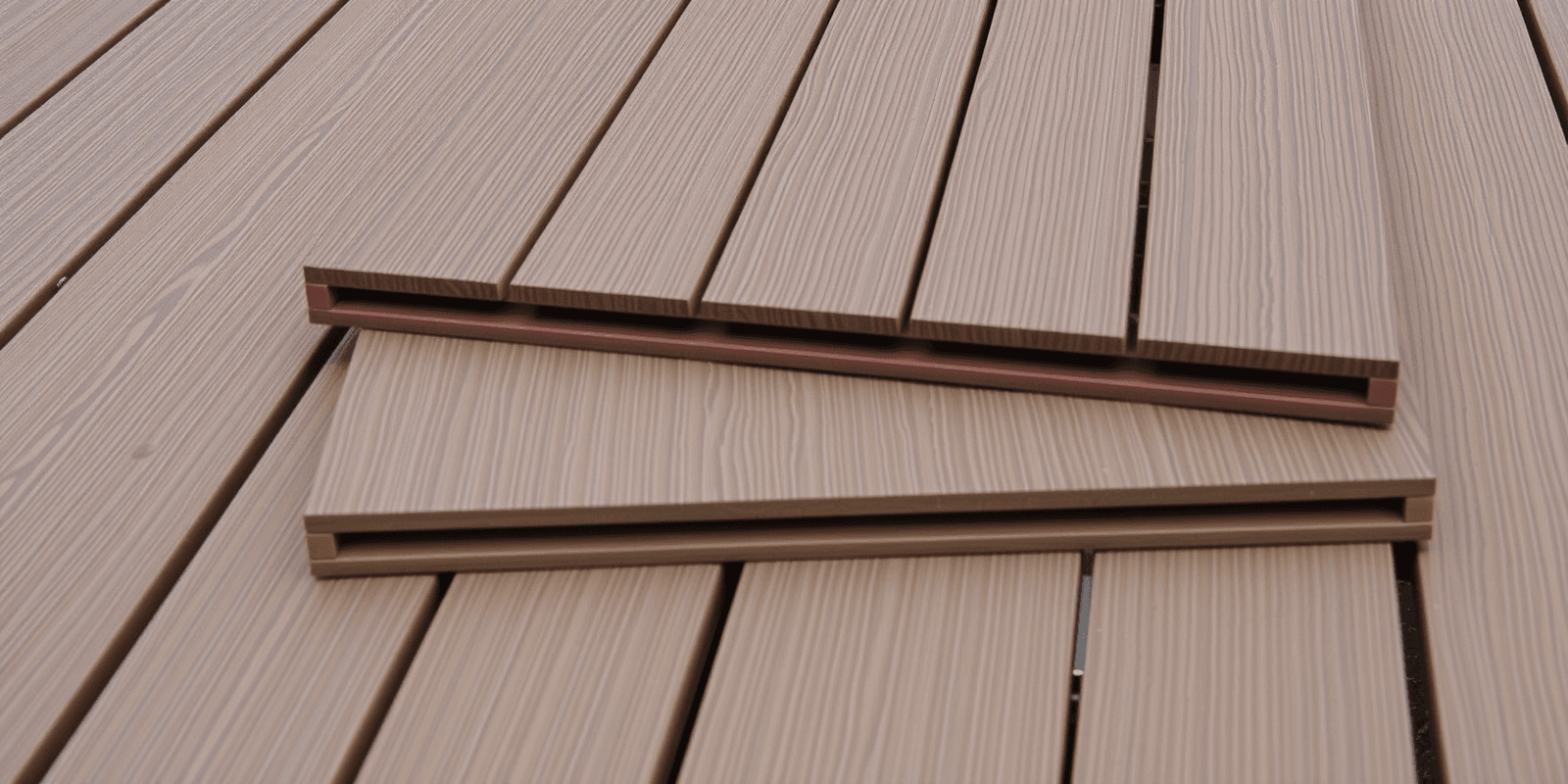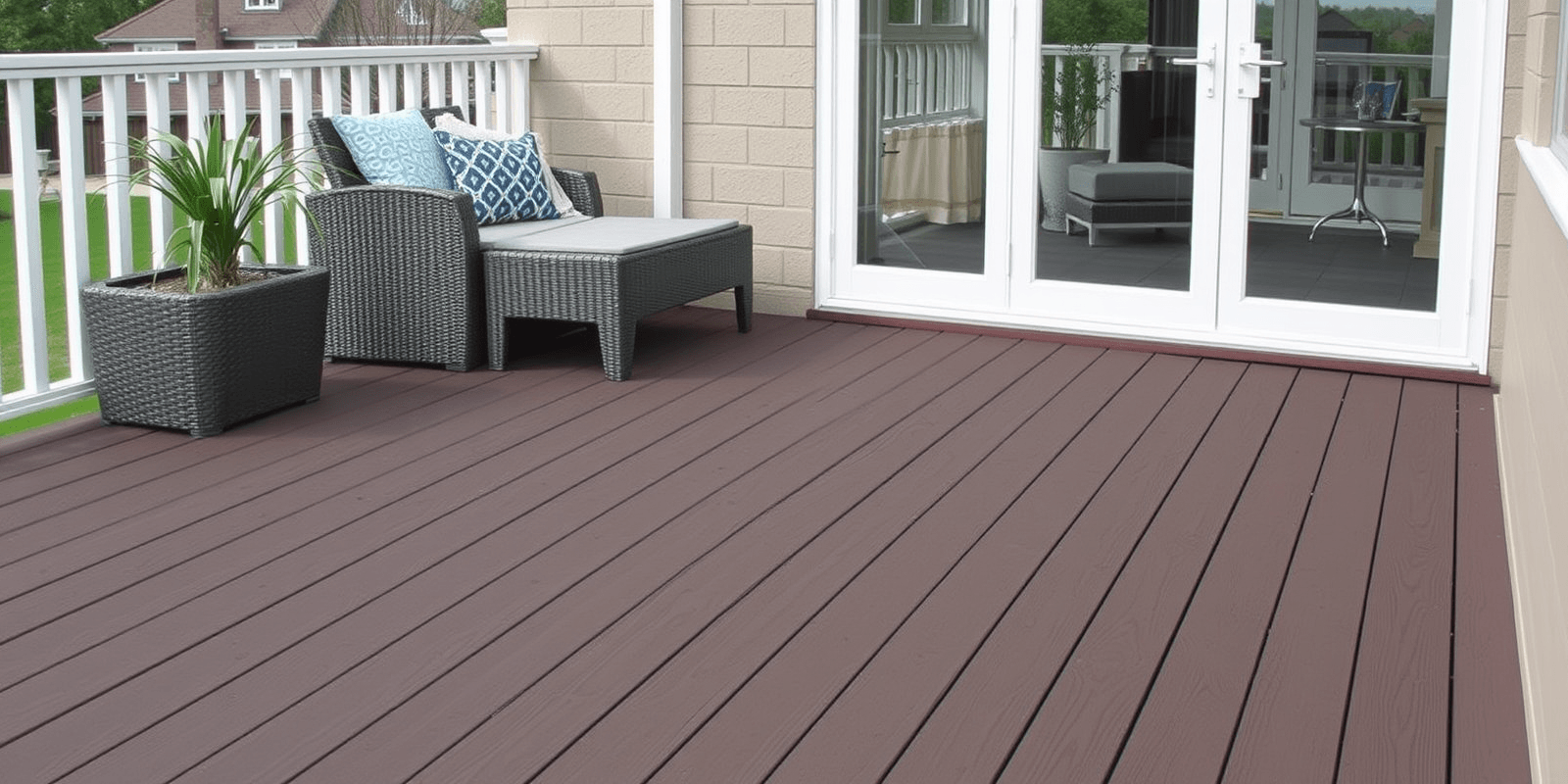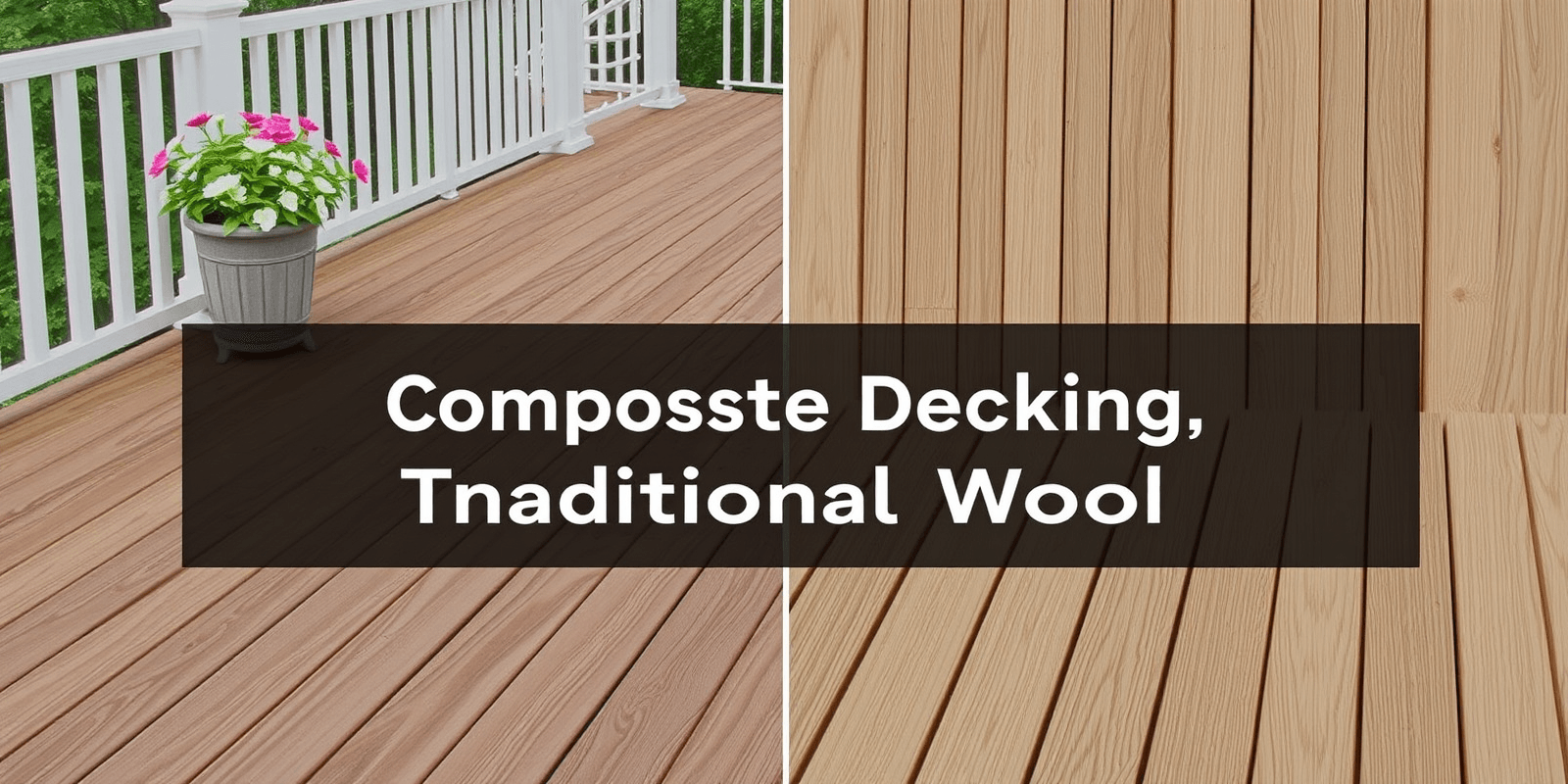Composite Decking Board
Introduction
Composite decking boards have become increasingly popular among homeowners due to their durability, low maintenance, and aesthetic appeal. Unlike traditional wood decks that require frequent painting, staining, and sealing, composite decking boards are made from a combination of plastic and wood fibers, making them resistant to rot, insects, and weather conditions. In this article, we will discuss the key factors to consider when choosing a composite decking board, including material composition, warranty, maintenance requirements, and color options. We will also provide examples of popular brands and their unique features.
Material Composition
The material composition of composite decking boards plays a crucial role in determining their overall quality and performance. Most composite decking boards are made from a combination of recycled plastic and wood fibers, which gives them a natural wood-like appearance while offering enhanced durability and resistance to environmental elements. Some manufacturers may also include additional materials like UV inhibitors, lubricants, and fire retardants to further enhance the product’s performance.
For instance, Trex, one of the leading brands in the composite decking industry, uses a proprietary blend of 95% recycled wood and plastic fibers in their decking boards. This not only makes their products environmentally friendly but also ensures a long-lasting and attractive deck surface. Similarly, TimberTech, another well-known brand, utilizes a high-density polyethylene (HDPE) core with a protective cap layer to create their AZEK decking boards, providing exceptional strength and weather resistance.
Warranty
A composite decking board’s warranty is an essential factor to consider when selecting a product for your deck. Warranties can vary significantly between brands and models, so it’s important to understand what is covered and for how long. Most composite decking boards come with a limited warranty that covers defects in material and workmanship, as well as fading, staining, and structural integrity.
For example, Trex offers a limited residential warranty of up to 25 years on their composite decking boards, covering both fade and stain protection. On the other hand, TimberTech provides a 25-year limited warranty on their AZEK decking boards, ensuring protection against rot, decay, and termites. It’s always advisable to carefully review the warranty terms and conditions before making a purchase decision.
Maintenance Requirements
One of the primary advantages of composite decking boards over traditional wood decks is their low maintenance requirements. While they do not require staining or sealing like wooden decks, composite decks still need regular cleaning and occasional inspections to ensure their longevity. Most composite decking boards can be cleaned using mild soap and water, although some brands may recommend specific cleaning solutions to maintain their appearance.
For example, Fiberon, another popular brand in the composite decking market, recommends using a soft-bristled brush and warm soapy water to clean their decking boards. They also suggest inspecting the deck periodically for any signs of damage or wear and tear, especially around the fasteners and edges. By following these simple maintenance tips, you can enjoy your composite deck for many years to come.
Color Options
Composite decking boards offer a wide range of color options, allowing homeowners to choose a design that complements their home’s exterior and personal style. Many manufacturers now offer multi-layered composite decking boards that feature different colors throughout the thickness of the board, providing a more authentic wood-like appearance. Additionally, some brands may offer textured surfaces to mimic the look and feel of natural wood grain.
For example, CertainTeed offers their EnduraDeck composite decking boards in a variety of colors, including natural wood tones and contemporary shades. These boards feature a multi-layered construction with a wood grain texture, giving them a realistic appearance that blends seamlessly with any outdoor setting. Similarly, Azek offers their Harvest collection in a range of earthy tones, providing homeowners with plenty of options to choose from.
Conclusion
In conclusion, composite decking boards offer numerous benefits over traditional wood decks, including enhanced durability, low maintenance, and a wide range of color options. When choosing a composite decking board, it’s important to consider factors such as material composition, warranty, maintenance requirements, and color options. By doing so, you can ensure that your deck remains beautiful and functional for many years to come.



